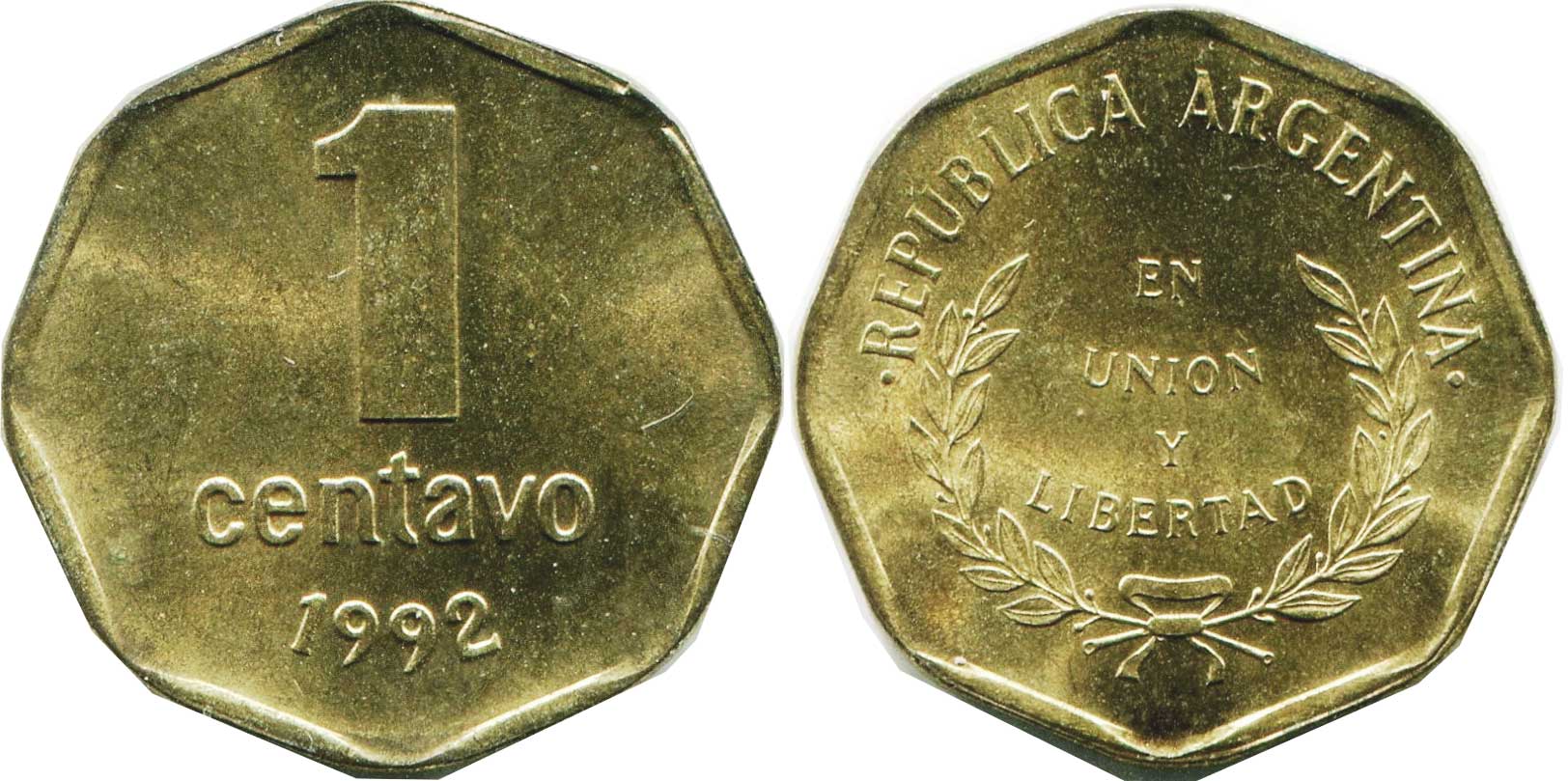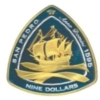This site is dedicated to coins that are not like coins – for example, “irregular” in shape (triangular, square and other polygonal), with holes of different shapes and types, made of unusual materials (for example, plastic), etc. For each coin, the issuing country, technical characteristics, years of issue and, if possible, circulation, as well as, of course, an image of the coin are indicated. Leave questions, comments and suggestions in the comments, I will definitely answer everything.
List of coins by category

Other interesting items
-
- Central Asia
- Greek-Illyrian cities
- Coins of Islamic states




